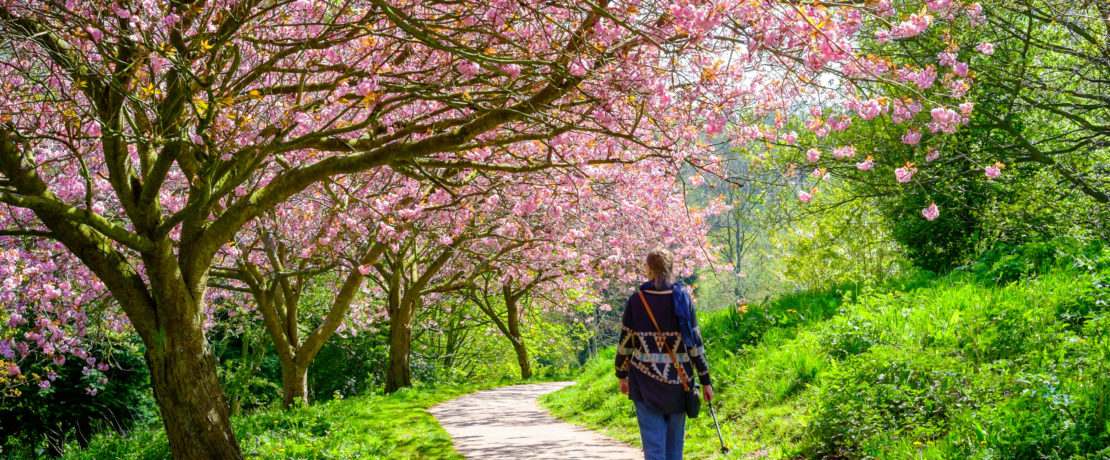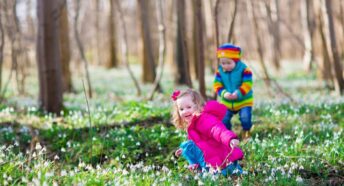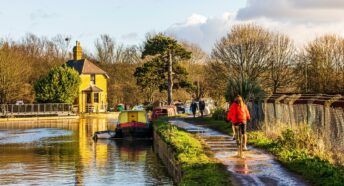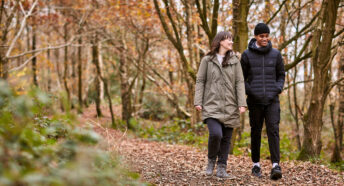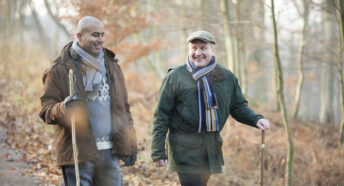Coming to the countryside near you: wildlife in March
Nature writer Alexandra Pearce-Broomhead is back, and tells us about what wildlife is likely to be coming soon to a spot in the countryside near you during March.
March heralds the arrival of spring. The 1st of the month is the meteorological start, and the astronomical start (the equinox) falls later in the month. The equinox marks the lengthening of days, shortly followed by the change of the clocks – all little nudges towards those long summer days ahead.
Big changes are happening in nature too. Blossoms replace hedgerow berries, and redwings and fieldfares begin their long migration to cooler climates. Wedges of Bewick’s swans head back to the Siberian lakes while wheatears and chiffchaffs begin to return to the UK. Sand martins arrive at their old nest holes in our coastal cliff faces to begin the next generation. Hares square up in the fields, chaotically scurrying from the woodland edges as the males chase the females in the hope of finding a mate. Parks and road verges burst with colour from wild crocuses and daffodils.
Read on to find out about the wildlife you can discover in the countryside in March:
The dawn chorus
The dawn chorus refers to multiple birds singing before daybreak, each performing their individual songs. It’s akin to an orchestra playing different tunes, but somehow comes together to make the sweetest music.
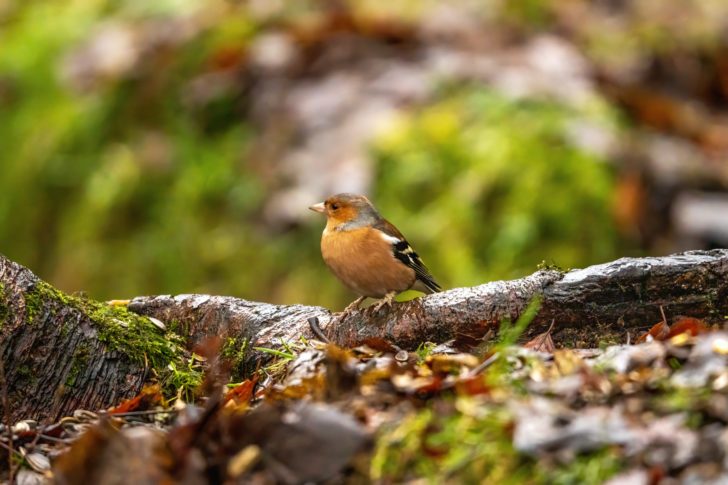
Birds sing to signify their territories and to attract a mate as they enter the breeding season. There are multiple reasons why this time of day is thought to be best. Males are typically the songsters, and it is believed that belting out your song first thing in the morning displays prowess. Performing on an empty stomach is not easy as it requires a lot of energy, so those birds with the loudest tunes are potentially the best choice of breeding partner. This time of day is also quieter, meaning birds are heard easily while safe under the dusky cover of low light. Finally, the morning air pressure is lower so birdsong travels further.
The score can change daily, but the robin or blackbird is typically heard first. Their melodies start while still in the depths of the night. Wrens, song thrushes, chaffinches, sparrows and wood pigeons will join in as the morning progresses.
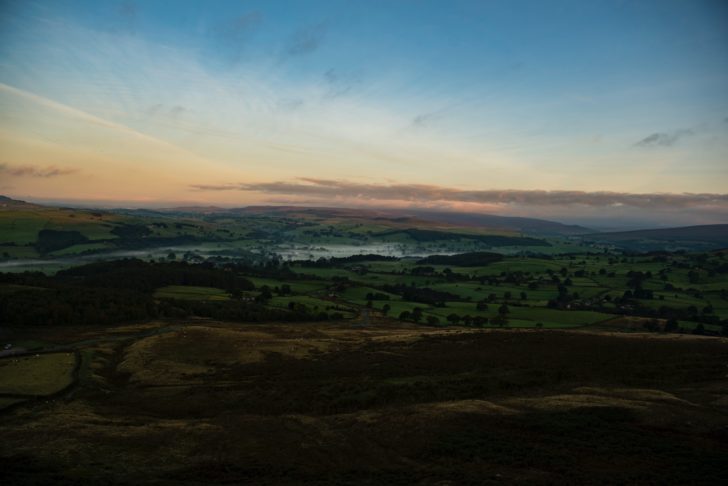
Before too long, the choristers disperse to look for food, mates and nest sites as the din of the world around them grows louder. These morning vocalisations will continue through till around July, building to a crescendo during May as more birds’ voices join the throng. But no matter the month, the dawn chorus is usually best enjoyed half an hour before and after the sunrise. So, make sure to get up, pop the kettle on and enjoy your morning cuppa outside, accompanied by birdsong.
Hedgehogs
From beneath leaf piles and undergrowth, hedgehogs begin to wake from their hibernation towards the end of March. My dog, Laika, has started sniffing around the gap beneath our garden shed, a typical indication that the family there live there has started moving around.
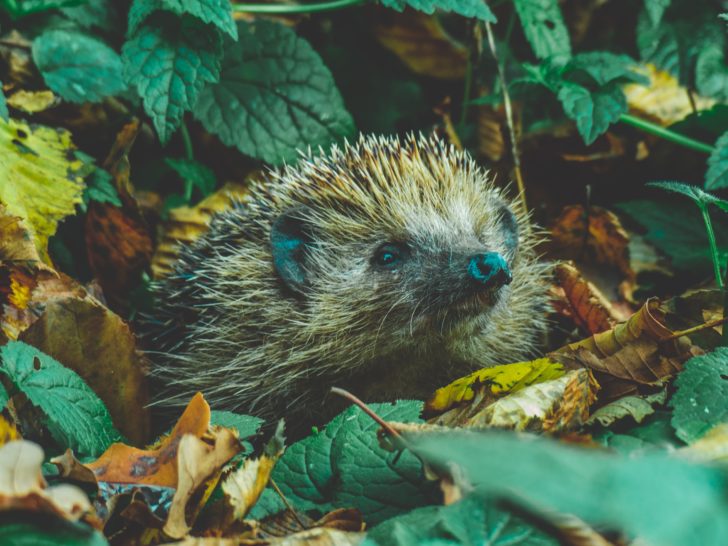
Hedgehog populations are drastically decreasing in England; we have lost nearly two-thirds in the past two decades, so anything you can do to help makes a difference. Leaving out food and water can help support them as they rise from their winter slumber. Hedgehogs mainly eat invertebrates, with worms, beetles and caterpillars making up a large portion of their diet. For this reason, avoid the use of chemicals in the garden. You could also see if your neighbours would help in creating a hedgehog highway through nearby gardens. This helps hedgehogs travel safely and easily.
Hedgerows
March is a good time to keep an eye on hedgerows. Blackthorn usually begins to flower in March, although here in Cornwall one or two came into flower during late February. Blackthorn is one of the first trees to flower in springtime; five-petalled, white flowers burst into bloom brightening up the field and road edges after the long winter. Hawthorn is another hedgerow dweller and can be easily mistaken for blackthorn. March is one of the best times to tell them apart, because blackthorn will come into flower first, while hawthorn comes into leaf before it flowers in April or May.
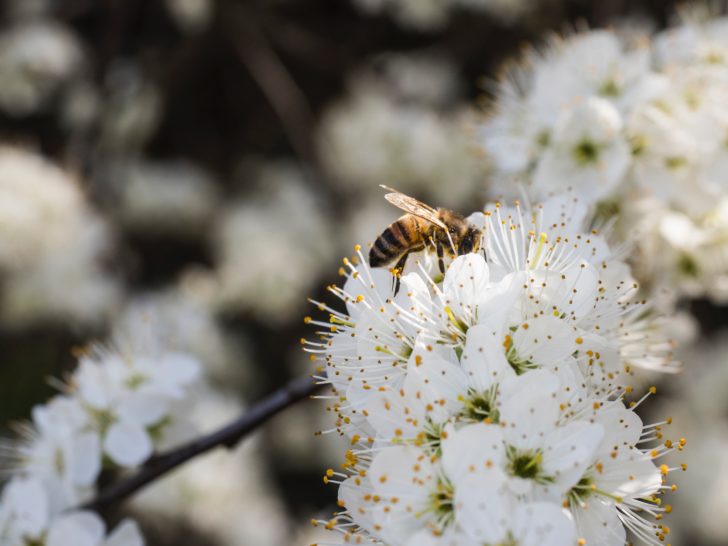
Another hedgerow plant we tend to get a bit early here in the far southwest is greater stitchwort. While it tends not to bloom properly until April, we often see flowers appearing during March, cascading down the hedgerows like delicate veils. Stitchwort has a multitude of nicknames including satin flower, storm flower and star of Bethlehem. ‘Storm flower’ comes from the idea that picking them would cause the pixies to anger, who would bring stormy weather as revenge. Its common name, ‘stitchwort’, is related to an old belief that it would help to heal stitches in the skin.
Bumblebee queens
In bumblebee colonies, it is only the queen that overwinters. Drones and workers die off in the autumn, leaving the queen to bury herself beneath the soil to endure the cold weather. In March, the queen will begin to emerge and look for food. She will be attracted to early sources of nectar to regain her strength before seeking out an appropriate nest site. They typically like small, abandoned burrows, bird boxes or gaps under sheds. The queen will then focus on creating a new colony, bringing pollen and nectar to her nest site to build up reserves before laying her first clutch of eggs.
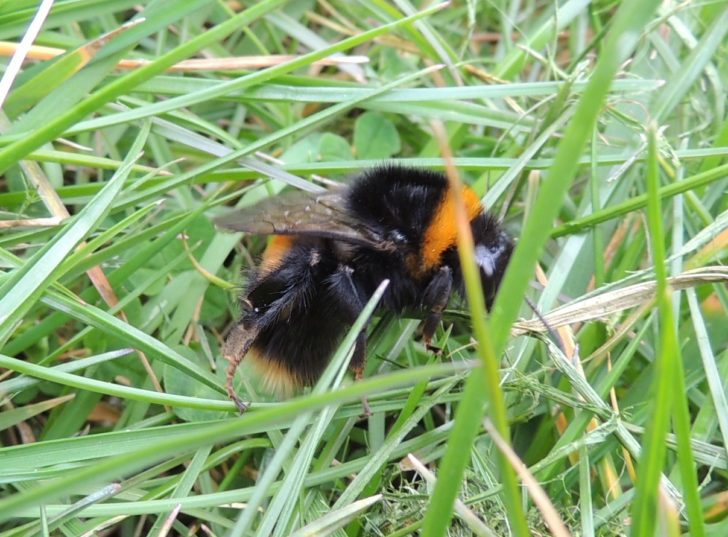
Make sure you leave those early blooming flowers such as dandelions, daisies and lesser celandine so queens can seek out the food sources they desperately need!
Coming soon
As the natural world comes to life, there will be plenty to see in March in your local countryside. Be sure to wrap up, take it slowly and listen out for critters. If you manage to get any wildlife snaps, get in touch with us on Facebook, Twitter or Instagram. We’d love to share them! Check back soon when Alex looks ahead to wildlife in April.
About the author
Alexandra Pearce-Broomhead is a writer and occasional Guardian Country Diarist from Cornwall. She writes about nature and place, and the human relationship with both. Her work has also been featured on BBC Wildlife and BBC Countryfile.
